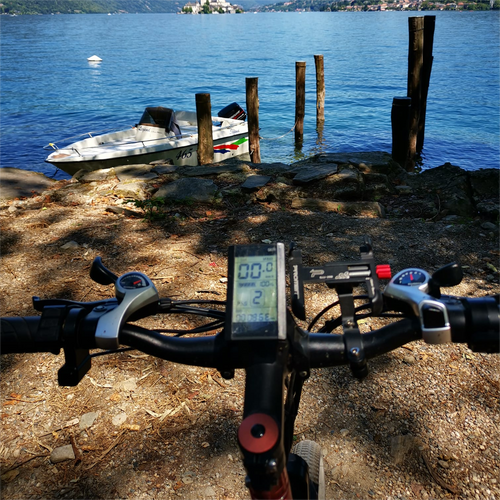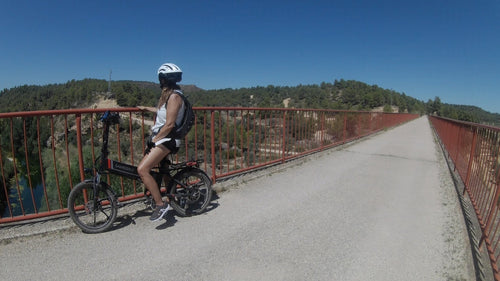 Cycling is a very effective aerobic exercise. Cycling can not only burn fat and lose weight, but also improve the strength and endurance of the legs and improve cardiopulmonary function.
Cycling is a very effective aerobic exercise. Cycling can not only burn fat and lose weight, but also improve the strength and endurance of the legs and improve cardiopulmonary function.
But has anyone had such an experience? After cycling training or when accelerating while cycling, you will feel great pain in the back of your thighs, and you will feel tightness in your thighs. This is because your posterior thigh muscles are injured.
A very important force-generating muscle group during cycling is the posterior thigh muscles. The hamstring is a general term for the muscle tissue located on the back of the thigh that connects the hip joint and knee. Every time we pedal, it is the posterior thigh muscles that control the movements of our hips and entire legs, and are the powerful engines when we ride. If you exert too much force while riding a bicycle, or train with too much intensity for too long, it may cause damage to the posterior thigh muscles.
Momentary overexertion
When you are sprinting or overtaking on a bicycle, or rocking the bicycle suddenly when climbing a hill, your hamstrings may be overexerted in an instant and cause sports injuries. You will feel great pain, and you may even hear a pop when the tear occurs. You will clearly feel that you are injured. At this time, you must stop training or playing and seek medical treatment in time.
Training intensity is too high
Excessive training intensity can also cause sports injuries to the hamstring muscles. For example, you usually only have the ability to ride 10 kilometers, but you insist on challenging a long-distance ride (50 kilometers, 100 kilometers or even longer), or your usual training is about 30 minutes, but you insist on increasing it to an hour. Excessive exercise may also cause hamstring injury.
So how should you try to avoid these situations after cycling?
Do a good job of stretching
Stretching exercises can be roughly divided into static stretching and dynamic stretching. For the sport of cycling, dynamic stretching is suitable before cycling, while static stretching is more suitable after cycling.
- Dynamic stretching, is to fully mobilize the joints and muscle groups of the body and perform repeated movements. Commonly used dynamic stretching movements include: lunges, squats, and leg swings. This kind of stretching helps to increase the temperature of the muscles and puts the body into a ready state, making the next exercise smoother.
- Static stretching, as the name suggests, is simply stretching, moving the joints to their extreme positions and holding them for a period of time. Examples include hamstring stretches and quadriceps stretches. Stretching can not only accelerate the recovery of muscle elasticity and avoid sports injuries, but also relieve muscle soreness after exercise.
Maintain correct cycling posture
No matter what kind of exercise we do, we must perform it with the correct posture so that we can exert the force correctly and avoid injuries, and cycling is no exception. The correct riding posture has the following key points:
- Control the position of the grip, A grip that is too short or too wide will cause arm discomfort and increase arm fatigue.
- Lean the upper body forward, tilt the head slightly and stretch forward, look forward, bend the arms naturally, and bend the waist.
- Make vertical circular pedaling movements with your feet, avoid swinging your legs from side to side, and distribute your weight evenly on your hips, feet and hands.
- Avoid using the soles of your feet to exert force when pedaling, and try to use the soles of your feet to exert force. This will maximize the pedaling force of the calves and increase the efficiency of using the power of the soles of the feet.

Choose the right equipment
If the riding equipment is not suitable for you, such as using an excessively large transmission ratio, it is easy to cause muscle strain. At this time, a multi-speed electric bicycle will be your best choice. For example, the SAMEBIKE MY275 has a 5-speed pedal assist mode. When your thighs feel strenuous while riding, you can adjust the assist mode you want to help your riding needs. In addition, NY275 is also equipped with Shimano 7 Speed, which can help maintain appropriate cadence and protect the legs by adjusting the speed.
When doing cycling exercises, everyone must fully stretch and warm up, and gradually increase the amount of training to avoid injuries while riding.


 SALE
SALE



































